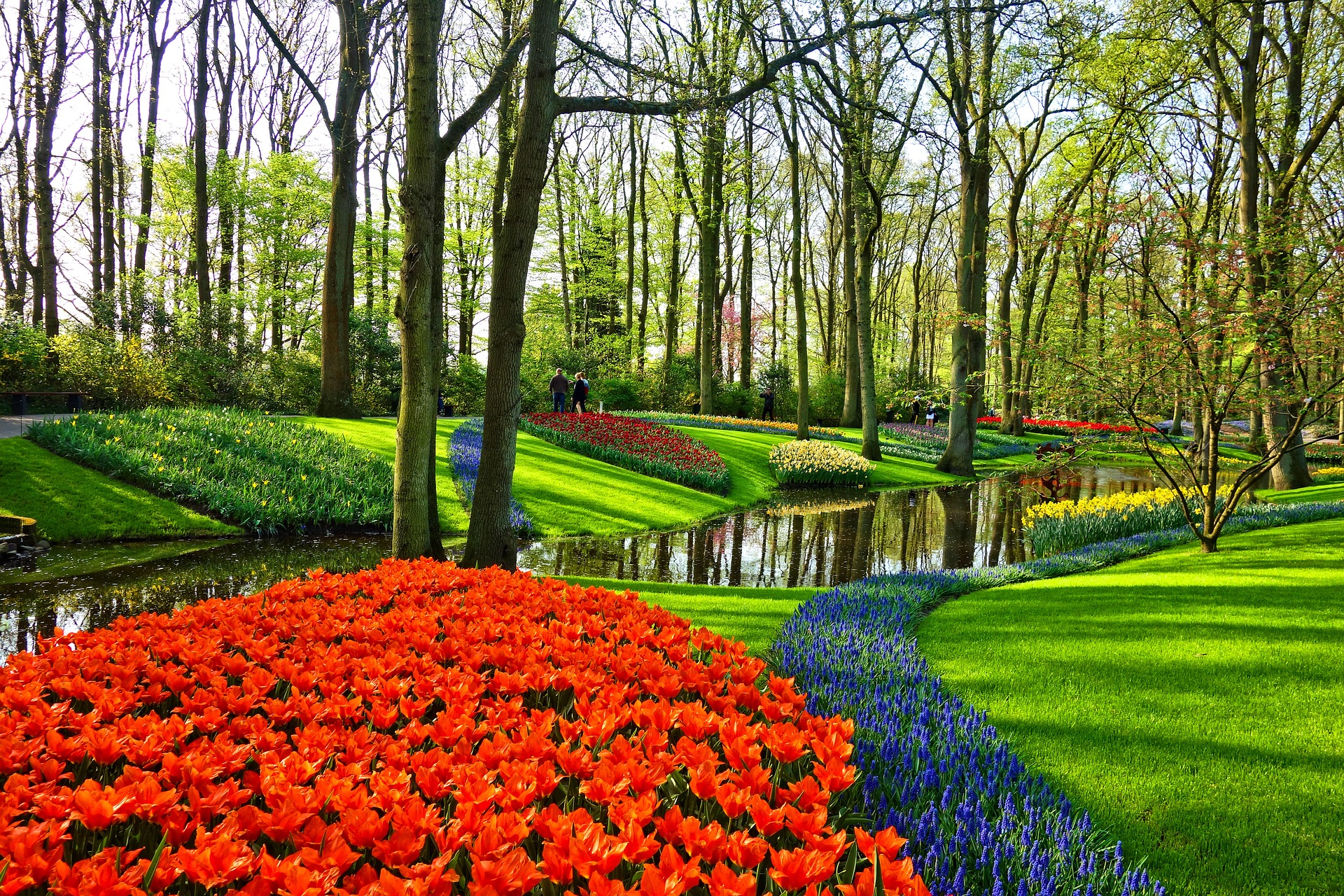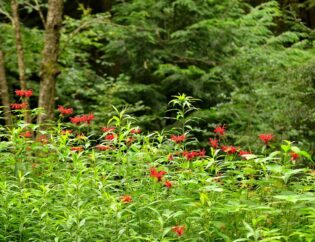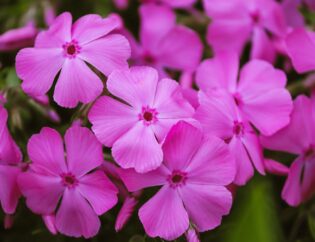
Learning how to landscape like a pro is important for homeowners who have outdoor space and want to enjoy it. Even simple tricks like dotting a few hanging flower baskets (we’ve got care tips here) around the front yard can make a big difference.
Of course, before homeowners can start construction on a home improvement project, like installing a new patio in the backyard, it’s vital to have a plan. Advanced factors, such as the slope of the yard and how to use it, also need to be considered and may require the help of an expert.
However, there are plenty of things homeowners can do themselves to make their new landscape their own. Read on for some tips and ideas to help beginners learn how to landscape their yards like a pro.
1. Tips on Getting Started
Before beginning any landscaping project, the first step is to get the lay of the land. Homeowners should examine their property closely, keeping an eye out for the following details:
- Existing manmade constructions
- Large plants and trees
- How the land slopes
- Where water pools
- When/where the sun hits
Before digging anywhere on the property, homeowners should contact Georgia811.com so the locations of utility lines are known for the planning, design, and construction phases of the project.
2. What Are the Must-Haves?
After getting the lay of the land, homeowners can stay organized by making a list of their must-haves. As they look for landscaping ideas, many different features and design elements will pop up that might seem nice to have. Space and budget, however, often make it impossible to include everything. Homeowners should narrow it down and make a list of what is most important to them.
Here are a few popular ideas to think about:
- Outdoor kitchens and dining areas
- Patios and decks
- Walkways
- Fire pits
- Entertaining spaces
- Gazebos or pergolas
- Retaining walls and slope management
- Water features
- Focal points
- Lawn
- Lighting
- Irrigation and drainage systems
- Privacy hedges
- Raised vegetable garden beds
- Flower beds
- Low maintenance with rocks and gravel
Form often follows function, meaning that how the space is going to be used is a major factor in deciding what design elements should be included. Homeowners with kids or pets may want a large lawn to give them space to play. Those that plan to host a lot of backyard parties might appreciate a covered patio or outdoor kitchen.
3. How to Find Landscaping Design Ideas
Homeowners can get design ideas about how to landscape from several places. Scout around the community to see what neighbors have done with their landscaping. See what types of plants do well in the area and try to note any building materials that are popular. Often, popular options are well-suited to the climate, and new construction neighborhoods tend to be on-trend.
It’s also helpful to look through magazines and search landscape designs on the Internet. Be sure to take pictures and notes of intriguing ideas and keep them together. When the design features have been chosen, the site will need to be measured and locations for every item in the landscape noted in a master landscape plan.
Consider curb appeal with the street view of the front yard, and think about how the front yard and backyard landscaping will harmonize. Tying in the same annuals, groundcovers, or evergreen species or using the same mulch throughout the landscaping helps build a cohesive landscape.
4. Break It Down into Steps
Once the homeowner has a master plan of what they want to do, it’s time to work out the logistics. Breaking everything down into little steps helps beginners and professionals alike. With the landscaping goal in mind, what steps need to happen to complete the project? And, in what order?
A beautiful lawn and paver patio may be the final goal, but don’t forget about important steps that need to happen first. For example, managing slopes and building retaining walls, installing irrigation and drainage systems, and running electrical for permanent lighting solutions will need to be done early in the project.
5. Break Ground
With preparation, marked utilities, design, and an end goal, the landscaping job can get rolling. First steps will look different based on the individual characteristics of each job site. Generally, though, the site will move through ground prep, establishment of irrigation, drainage, and electrical systems, hardscape like walkways and patios, then finally softscape installations of trees, sod, and flowering plants.
Even when homeowners are working with a professional landscaping company, it can be fun to DIY parts of the project. Not only is this a way to save money, but it can be a point of pride and personal satisfaction for homeowners to take part in their own landscaping project. For example, hardscape can be installed and then the homeowner may prefer to plant trees and the garden beds themselves.
Some parts of landscaping are highly technical and require specialized knowledge and heavy (and potentially dangerous) machinery. The important part is to remember to prioritize safety first. If you aren’t qualified to do a task, hire out that portion and look for a different part suited to your experience level and unique circumstances.
You Don’t Have to Do It Alone
Creating a landscape from scratch is no easy task. Whether you have a small project in mind or are looking to hire out a completely blank slate, Atlanta Turf & Tree is here to help. Contact our landscaping services experts to discuss your outdoor vision. Founded in 2007, we bring the botanical knowledge, design savvy, and construction know-how to achieve beautiful, lasting landscapes for our clients throughout the greater Atlanta area.









